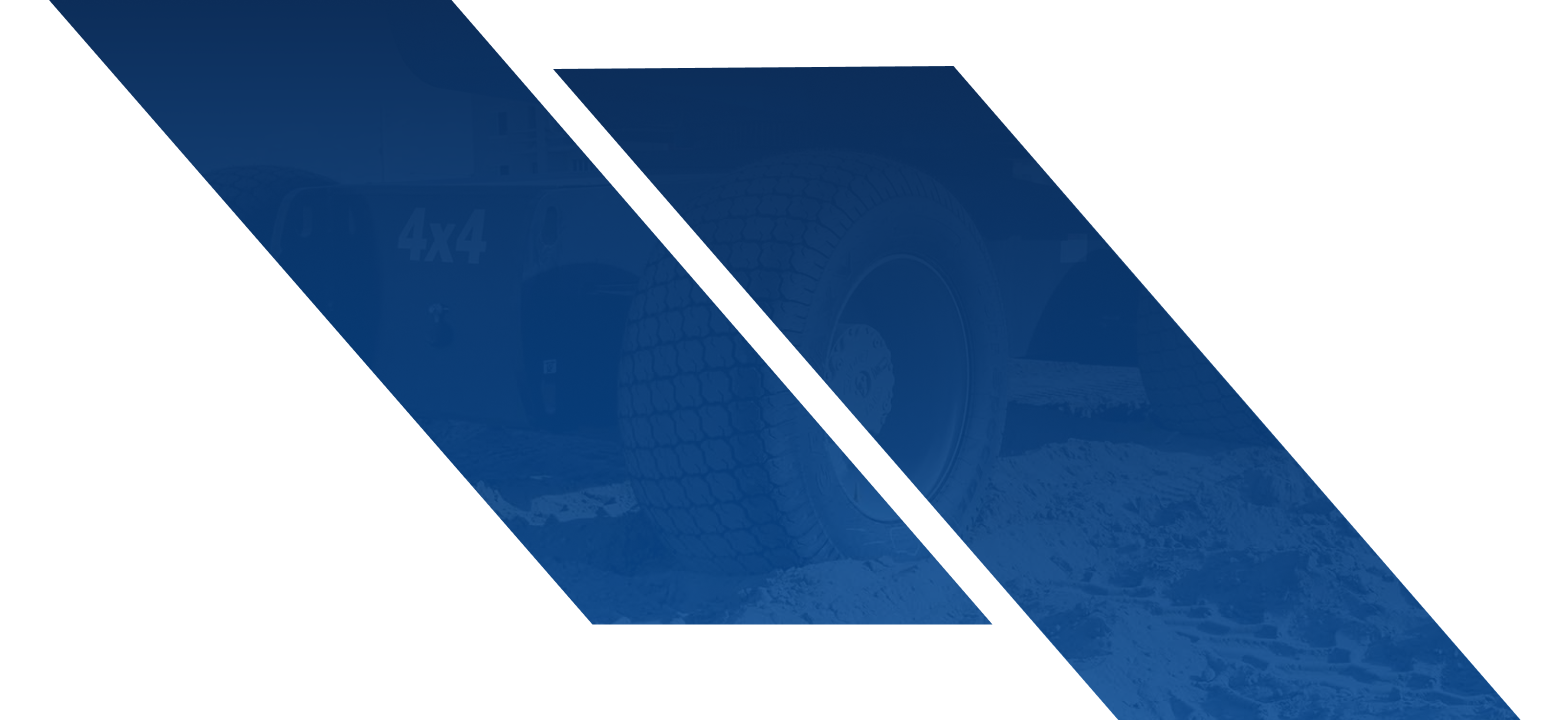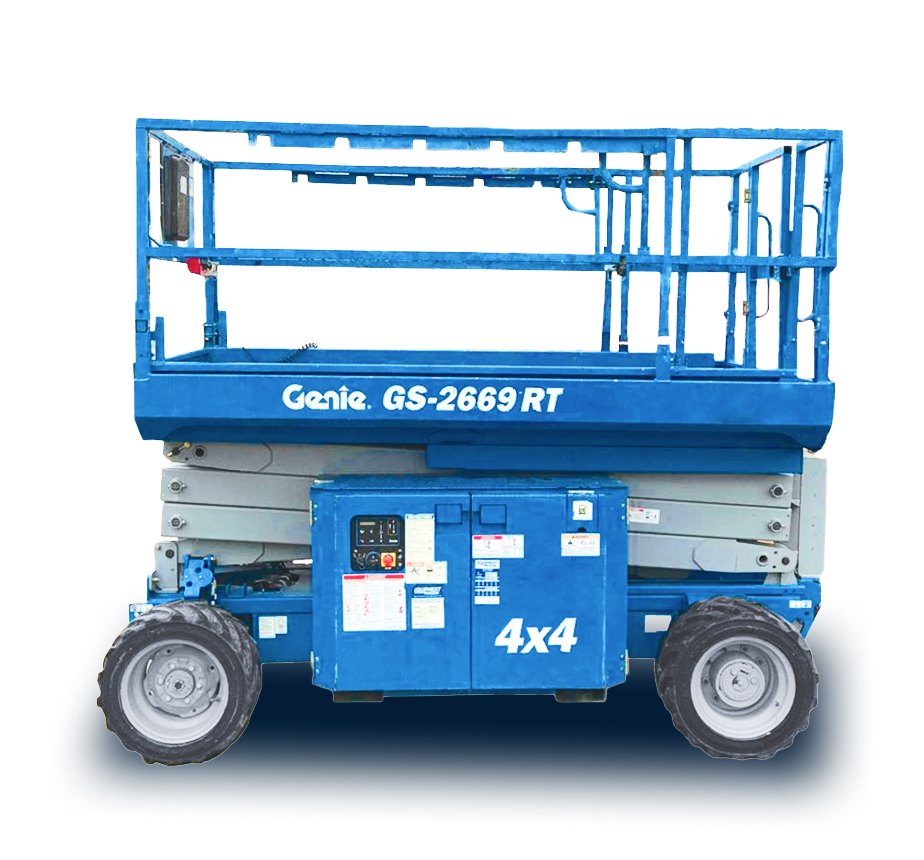

Buy or Rent Genie Lifts
Herculift offers a full range of reliable, high-performance solutions to get the job done right, including the powerful Genie® S® telescopic boom lifts. These mobile elevating work platforms (MEWPs) feature a virtual pivot primary boom mechanism and envelope control technology, allowing for maximum extension with minimal machine weight and size. Trusted by professionals across industries, Genie lifts deliver the reach, control, and safety needed for indoor or outdoor work, whether it’s a short-term task or a long-term project.




FAQs about Genie Lifts and Equipment
Looking for reliable and high-quality Genie lifts? You’re in the right place!
At Herc-U-Lift, we specialize in helping you find the perfect lift solution. Whether you’re tackling construction projects, electrical work, wind turbine maintenance, or anything in between. Explore our FAQs below to make an informed decision about your investment.
The weight of a Genie lift depends on the model and its features. Genie scissor lifts typically weigh between 2,000 and 10,000 pounds, while Genie boom lifts can weigh anywhere from 10,000 to over 30,000 pounds. It’s essential to check the specific model’s data to ensure it meets your project’s needs.
Operating a Genie scissor lift involves following basic safety guidelines. First, ensure you’re trained and familiar with the lift’s controls and features. Before use, inspect the lift for any damage and ensure it’s on a level surface. Use the lift’s control panel to raise or lower the platform, and always wear a harness if required. Move slowly and avoid sudden movements, particularly when elevated.
The cost of a Genie lift varies widely based on the model, lift height, and power source. A new Genie scissor lift typically ranges from $10,000 to $40,000, while a Genie boom lift can cost $50,000 or more. If you’re considering used equipment, prices are generally lower but depend on the machine’s condition and hours of use.
Genie offers a range of aerial lifts, including scissor lifts, boom lifts, vertical mast lifts, and telehandlers. Scissor lifts are great for vertical tasks with a stable platform, while boom lifts offer flexibility with their reach and maneuverability. Genie also has hybrid and electric models for specific job site needs.
Genie boom lifts can reach impressive heights, with some models extending up to 180 feet. The maximum reach depends on the specific model, with smaller articulated boom lifts typically reaching 30-60 feet and larger telescopic boom lifts extending much higher.
Genie lifts come in electric, diesel, and hybrid power sources. Electric models are ideal for indoor use due to their quiet operation and zero emissions. Diesel-powered lifts are typically used outdoors for their power and performance on rough terrain. Hybrid models offer flexibility with lower emissions and fuel consumption.
Yes, Genie lifts can be used outdoors, provided they are rated for that environment. Diesel and hybrid models are especially suited for outdoor work sites, offering stability and power on uneven surfaces. However, always check the weather and site conditions to ensure safe operation.
A well-maintained Genie lift can last anywhere from 10 to 20 years, depending on usage and regular maintenance. Following proper service schedules, conducting daily inspections, and addressing any issues promptly will help extend the lifespan of the lift and ensure safe operation.
When operating a Genie lift, it’s crucial to follow established safety guidelines. Always wear proper personal protective equipment like hard hats, harnesses, and safety vests. Ensure you’re trained and familiar with the lift’s controls before use. Avoid overloading the platform, and never exceed the weight limit. Check the work area for overhead obstructions and ensure the lift is on stable ground before operating.
Genie lifts should be inspected daily before use to check for any damage, leaks, or other hazards. In addition to daily inspections, they should undergo thorough annual inspections by a qualified technician to ensure compliance with safety standards and manufacturer recommendations. Regular maintenance checks help keep the lift operating safely and extend its lifespan.
Yes, operators must be trained and certified to use Genie lifts. Training typically covers lift controls, safe operation procedures, load capacity, and emergency protocols. Certification helps ensure that operators understand the risks involved and know how to avoid accidents or equipment damage.
Routine maintenance for a Genie lift includes checking fluid levels, inspecting hydraulic systems, and cleaning components to prevent buildup of debris. Scheduled service intervals typically include lubrication, filter replacements, and detailed inspections of structural and mechanical components. Following the manufacturer’s maintenance schedule is essential to ensure safe and reliable operation.
Financing options for Genie lifts usually include installment loans and equipment financing through lenders or dealerships. These programs often allow you to spread out the cost over time with predictable monthly payments, making it easier to manage your cash flow while investing in essential equipment.
Yes, leasing a Genie lift is a popular alternative to buying outright. Leasing allows you to use the equipment for a specific term while making smaller monthly payments compared to purchasing. At the end of the lease, you may have the option to buy the lift, return it, or upgrade to newer equipment.
Purchasing a used Genie lift may offer potential tax benefits, such as deductions under Section 179 for equipment expenses. These benefits can vary depending on your location and current tax laws, so it’s a good idea to consult with a tax professional to understand how these incentives apply to your purchase.
When you own or lease a Genie lift, insurance is essential to protect against potential damages, theft, or liability. General liability and equipment insurance policies are commonly required, and some lease agreements may specify certain coverage levels. Talk to your insurance provider to ensure you have adequate protection tailored to your situation.
Don’t Just Make a Purchase: Make an Ally
OUR CUSTOMER SERVICE COMMITMENTS:
- 15% discount on rental equipment while waiting for repairs
- Free pickup and delivery when a machine under manufacturer warranty needs a repair
- Discounted labor
- All maintenance labor, annual inspections, and CO tests for one price per machine
- No prepayments
- No Sign-up fees
- No termination fees
- Local delivery rates for products shipped anywhere across our network
- Overnight shipping to the continental United States, Alaska, and lower Canada



